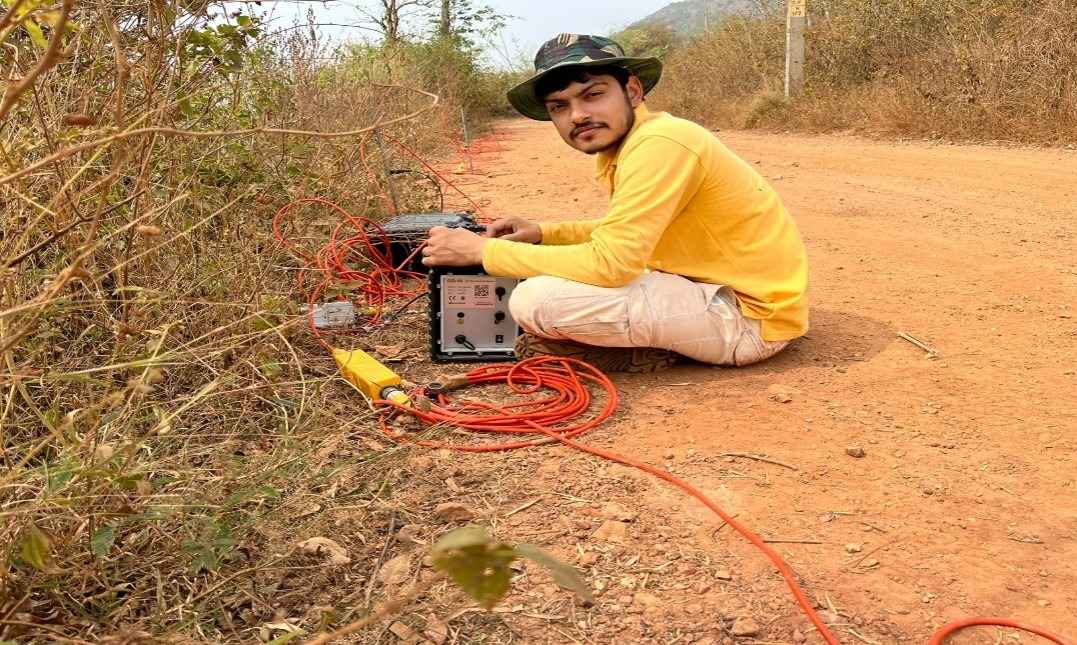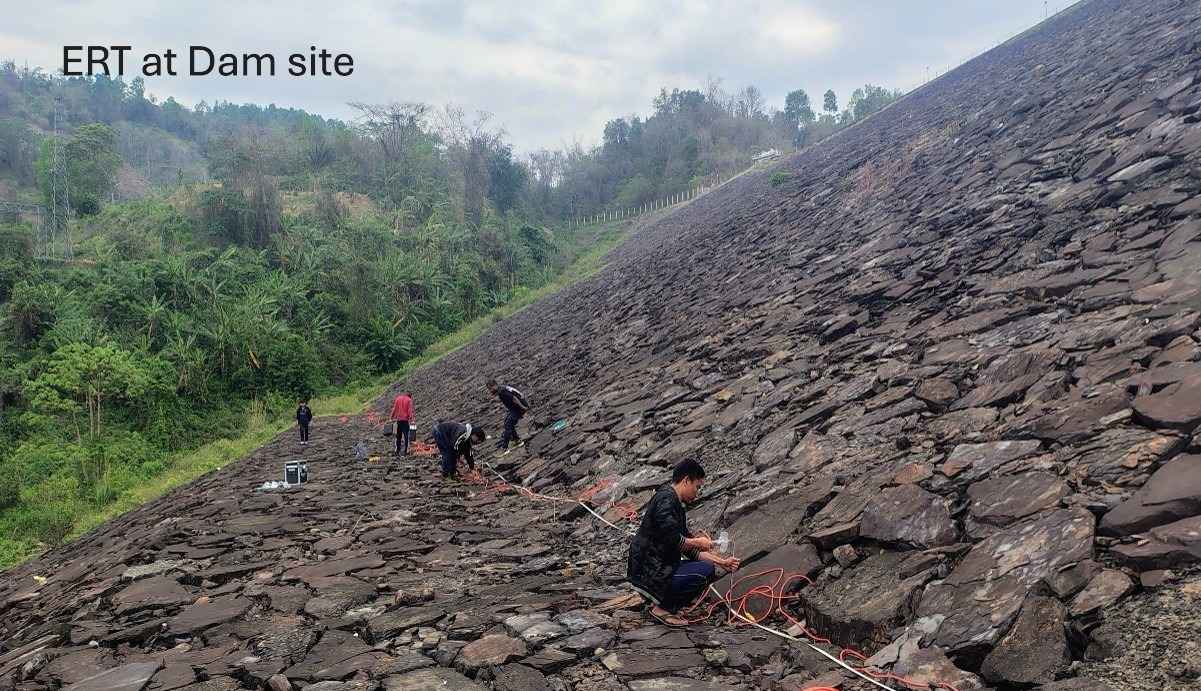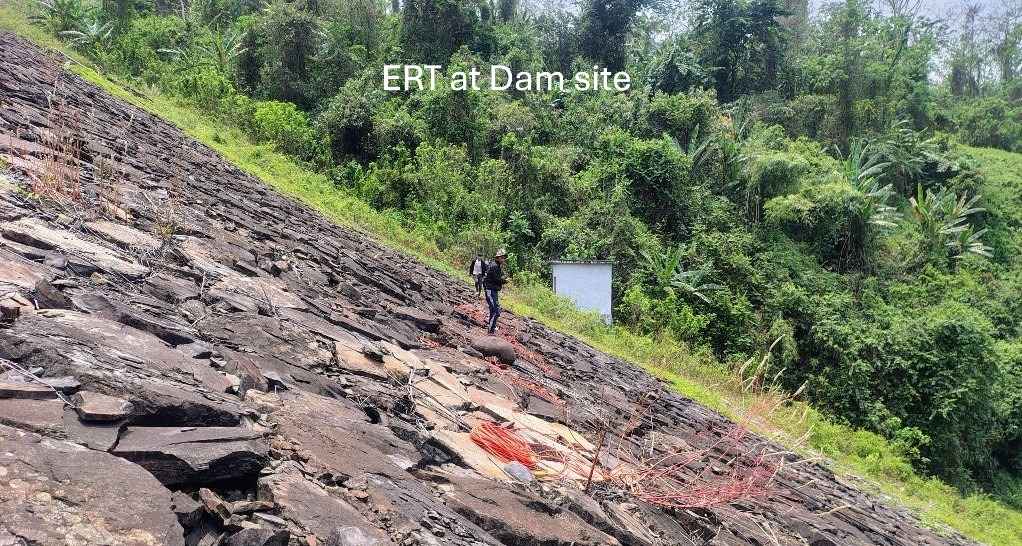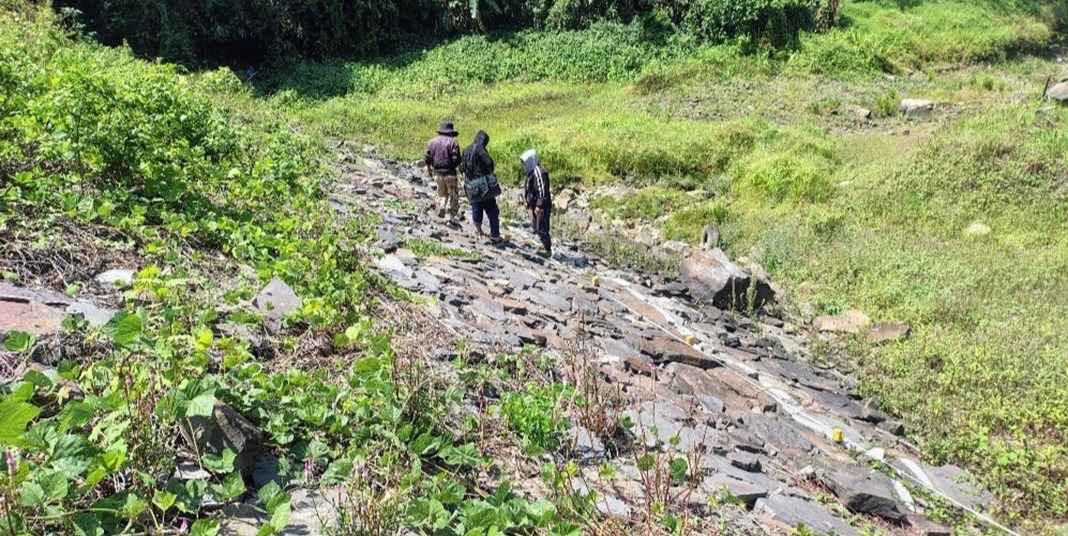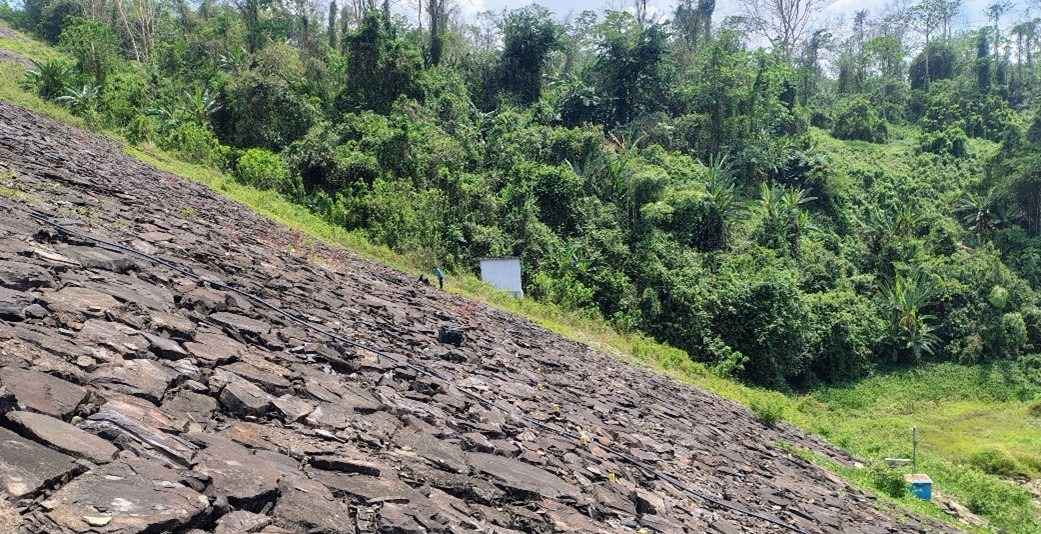Dams
Geophysical surveys play a crucial role in ensuring dam safety by providing non-invasive ways to assess the condition of the dam structure and its foundation. These methods help identify potential failure risks before visible signs appear.
Dam safety and performance through advanced, non-invasive subsurface investigations and having expertise in assessing foundation conditions, detect seepage paths, monitor internal erosion, and evaluate the overall structural integrity of dams.
By applying techniques such as seismic surveys, electrical resistivity tomography (ERT), and self-potential (SP) measurements, we identify hidden weaknesses like fractures, voids, or seepage zones that may pose a risk to the dam structure. The insights provided by our geophysical team are essential for early problem detection, preventive maintenance planning, and ensuring compliance with dam safety regulations—ultimately helping to protect both infrastructure and the communities that depend on it.

Common Geophysical Methods Used in Dam Safety
| Method | Application |
|---|---|
| Electrical Resistivity Tomography (ERT) | Detects seepage, internal erosion, saturation zones |
| Seismic Refraction/Reflection | Maps bedrock, detects fractures and faults |
| Ground Penetrating Radar (GPR) | Detects shallow features like voids and cracks |
| Microgravity | Identifies density changes indicating cavities or internal erosion |
| Magnetometry | Maps ferrous materials or past repairs in the dam |
| Self-Potential (SP) | Locates natural electric currents caused by seepage |
| Cross-hole or Borehole Tomography | Provides detailed internal structure between boreholes |

